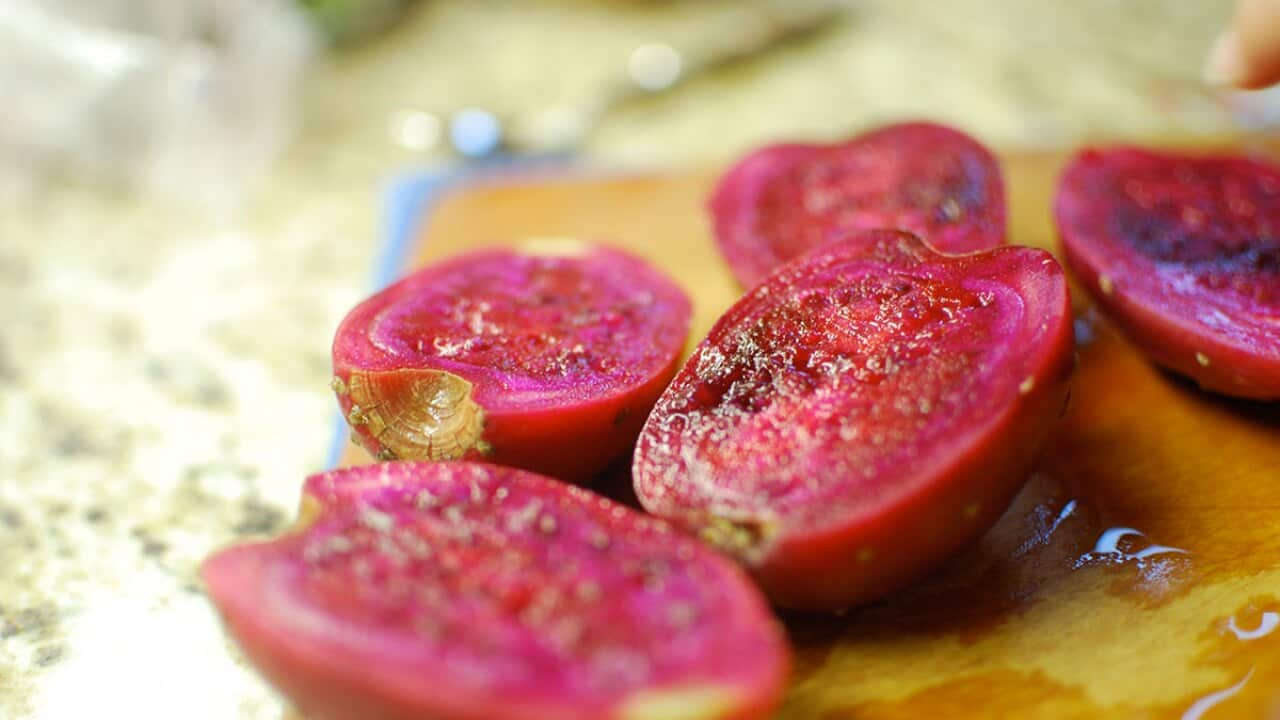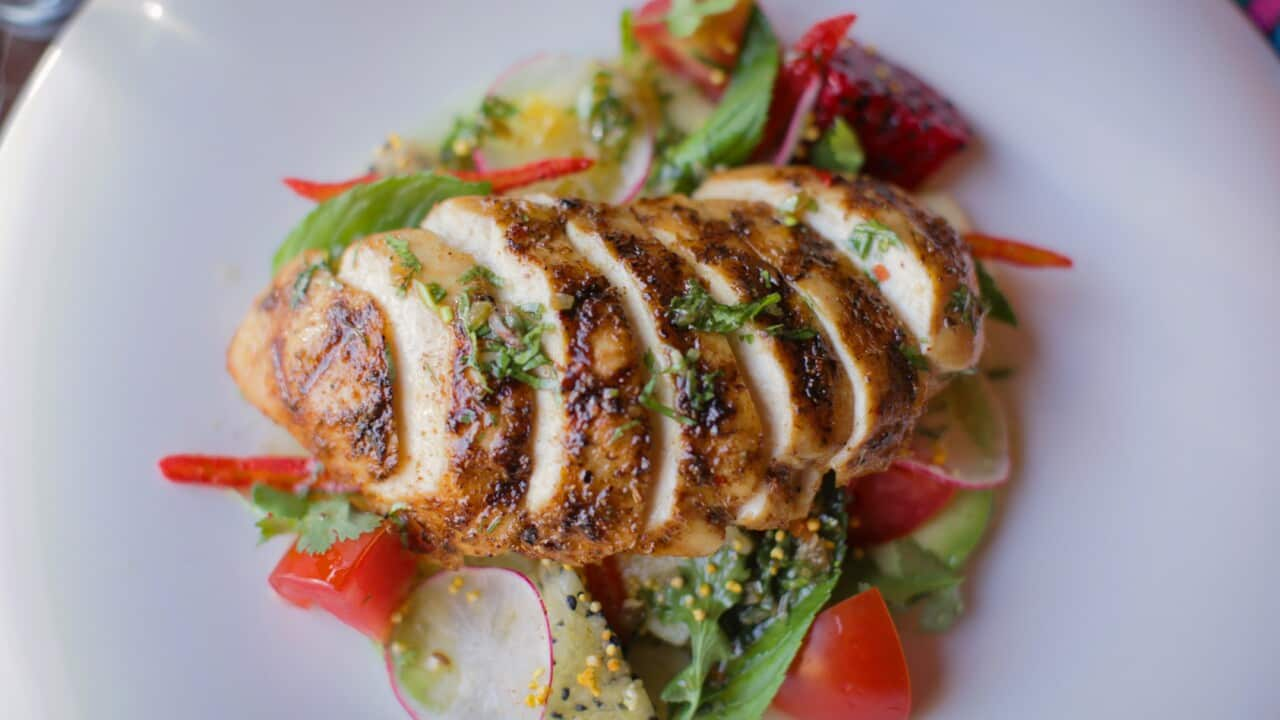The prickly pear is considered a pest in Australia, but for the local Maltese community, this spiky, uninviting cactus is the true taste of summer.
Emanuel Camilleri, president of the Maltese Community Council of NSW, is waiting expectantly for the season to begin. Like any Maltese person with a backyard, he has a few trees growing out the back of his Cecil Hills home, in Sydney’s west.
“If you’re Maltese, you’ve tasted prickly pear. You look forward to the season… It tastes like the Mediterranean, like summer,” he says. The heat-loving fruit's peak season is late summer.
The fruit that grow along the ridge of the cactus’ pads are covered in hair-like spines, and in the coming weeks they will ripen to a deep red, a bright yellow, or white. Each of the different colours has a slightly different flavour.
Some suggest they taste similar to a melon, but for Camilleri, no other fruit compares to its unique flavour.
No other fruit makes you work quite so hard for its prized flesh, either.
First, the fruit must be cut from the tree wearing very thick gloves, to prevent the spines getting stuck in your hands. Next, you soak the prickly pears in the sink or a bucket of water for a couple of hours to soften the spikes, and some people even take to it with a scrubbing brush at this stage. Cut the top and bottom off the fruit, and then peel off the skin to reveal the juicy, seed-studded flesh inside. Many, Camilleri included, then store it in the fridge for a few hours for an ice-cold summer treat.
Prickly pear is actually the umbrella term used for a range of different species within the Opuntia family of cactus. The fruit is also referred to as cactus fruit, pest pear, tiger pear or nopal, among other names.
In Malta, it dominates the landscape, a scene so typical it even featured on a previous version of the country’s coat of arms. It’s commonly used as natural fencing, because nothing would be stupid enough to try and cross a wall of prickly pear.
The highly invasive plant was in an attempt to establish a cochineal dye industry (the cochineal insect lives on the prickly pear), and later for agricultural purposes, as fencing and drought-resistant fodder, but it quickly spread to cover some 25 million hectares in Queensland and northern New South Wales by 1920 - by then a very big problem and a noxious weed.The fabulously named cactoblastis moth was subsequently introduced to control the plant, and a monument in the moth’s honour stands in the Queensland town of Dalby. (It is still a prohibited or, depending on the species, restricted, plant and there are restrictions in other states too - , for example, it's been declared a "Locally Controlled Weed" in many areas, which means the plant must not be sold, propagated or knowingly distributed.)
Few other things here eat the prickly pear, which is fast-growing, impossibly hardy, and able to survive with very little water.
“If you grow other fruits, bats and birds and pests will eat them, you have to put up nets and spray, but the prickly pear doesn’t have enemies, nothing eats the fruit,” says Camilleri. “Except us,” he agrees, laughing.
Southern Italians and Central Americans eat it too. The plant is native to the Americas, but has thrived in arid Mediterranean regions.
While Mexicans and Italians cook with prickly pear fruit (known as tunas and fichi d’India respectively), the Maltese community tend to just eat them as is, or soaked in vodka for a makeshift version of a prickly pear liqueur found in Malta.
If you see a backyard in Australia with a prickly pear tree, you can almost guarantee a Maltese or Italian migrant lives there, says Camilleri, who grows trees with red, yellow and white fruit varieties. Just fifteen years ago, you had to know someone to get prickly pear fruit, but it is now becoming increasingly common in greengrocers, and in the supermarkets of areas with large Mediterranean populations. Prickly pear and rose petal jam stars in this stacked .
Prickly pear and rose petal jam stars in this stacked .

Source: Luisa Brimble
There is currently research being done into potential health benefits, including potential cancer-preventing properties, but this is just an added bonus for the Maltese community.
“We eat it for the taste,” says Camilleri.
His daughter arrives home soon from the US, and has put in a request. “She has already asked me, ‘will the prickly pears be ripe when I get there next month?’ I’ll make sure I cut her a dozen and have them ready for her.”
cook the cactus

Nopale soup (sopa de nopal)




